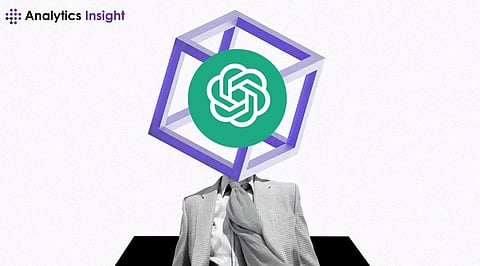

In today's fast-paced digital world, businesses are constantly seeking ways to enhance customer service, streamline operations, and increase efficiency. One technology that has become increasingly popular in achieving these goals is chatbots. These AI-powered tools are revolutionizing the way businesses interact with customers, automate processes, and drive sales. In this article, we will explain how to build a custom AI Chatbot, explore the steps involved in building a custom AI chatbot and learn how it can benefit your business.
Before embarking on building a chatbot, it is crucial to define its purpose and scope. What specific tasks do you want the chatbot to perform? What queries should your chatbot be prepared to handle? Understanding the objectives of the chatbot will help determine its features and functionalities.
There are several platforms available for building custom AI chatbots, each with its own set of features and capabilities. Some popular options include Dialogflow, Botpress, and IBM Watson. When choosing a platform, consider factors such as ease of use, cost, and integration with other systems.
The conversation flow is the backbone of the chatbot. It determines how the chatbot will interact with users and respond to their queries. Designing the conversation flow involves creating a list of possible user inputs and mapping out the chatbot's responses to each input. It is essential to keep the conversation flow simple and intuitive to ensure a positive user experience.
Training the chatbot involves feeding it with data to help it understand natural language and respond appropriately. This includes creating a database of possible user inputs and their corresponding responses. The chatbot's AI algorithms will use this data to learn and improve its responses over time.
Once the chatbot is built and trained, it is essential to test it thoroughly to ensure that it works as intended. Testing involves simulating different user scenarios and verifying that the chatbot responds appropriately. It is also essential to refine the chatbot based on user feedback and usage data.
Integrating the chatbot with other systems such as CRM, ERP, and marketing automation tools can help automate business processes and improve efficiency. This involves using APIs and webhooks to connect the chatbot with other systems.
Join our WhatsApp Channel to get the latest news, exclusives and videos on WhatsApp
_____________
Disclaimer: Analytics Insight does not provide financial advice or guidance. Also note that the cryptocurrencies mentioned/listed on the website could potentially be scams, i.e. designed to induce you to invest financial resources that may be lost forever and not be recoverable once investments are made. You are responsible for conducting your own research (DYOR) before making any investments. Read more here.
